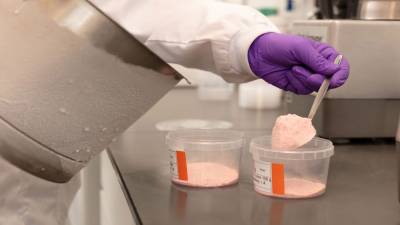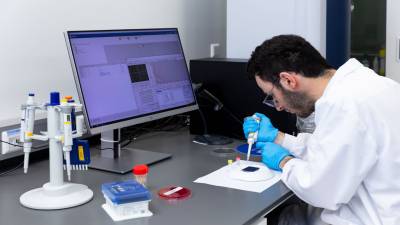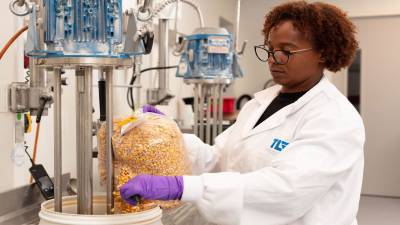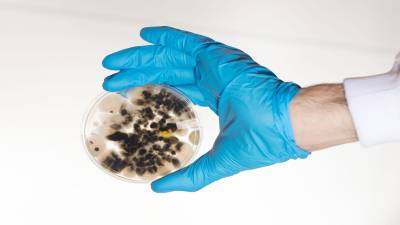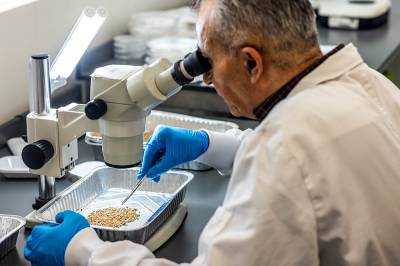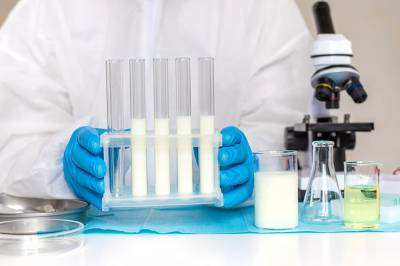Resolving fluctuating feed mix and inconsistent performance in pig feed with DNA analysis
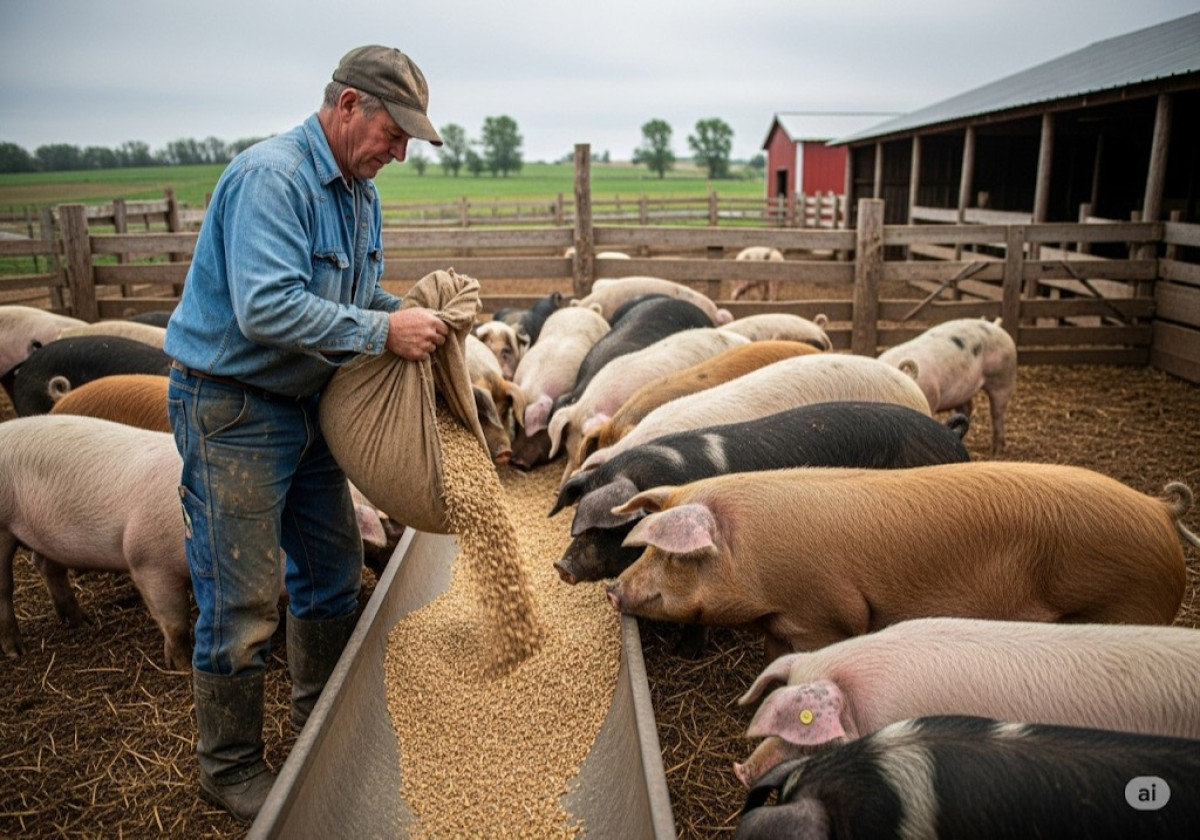
Resolving fluctuating feed mix and inconsistent performance in pig feed with DNA analysis – How molecular identification uncovers surprising causes in feed quality
When standard analyses provide no clear cause
Pig farmers report reduced feed intake, unusual odours, and inconsistent behaviour in their barns. The technical team of a compound feed manufacturer checks the formulation, repeats standard determinations for protein, fat, and moisture, but finds no direct deviation. Yet, the complaint persists, batch after batch.
In such a case, DNA analysis can provide the answer. Where classical analytical methods stop at chemical composition, DNA identification looks at the biological origin of ingredients. This approach is becoming increasingly important in a market where by-products, blending, and global sourcing are the norm.
What does a DNA analysis in animal feed do?
DNA analysis in feed products makes it possible to identify plant or animal species at the molecular level. Using PCR technology (Polymerase Chain Reaction), traces of DNA sequences are amplified and compared with reference profiles.
Practical applications:
- Origin verification of plant components (e.g. soy, maize, wheat)
- Detection of non-permitted animal ingredients
- Identification of contamination by unwanted species
- Composition checks with suppliers or external mixers
In the case of inconsistent pig feed performance, a DNA profile can reveal, for example, a switch from maize to sorghum, or the presence of grasses not listed in the product specification.
Case study: unexplained feed complaints at a GMP+ certified producer
An animal feed producer faced recurring complaints about off-odours and reduced feed intake in a specific production line for finishing pigs. The GMP+ documentation was fully in order. Analyses of moisture, fat, and protein were within specifications.
An additional DNA analysis revealed that a new batch of soy from a different region contained traces of lupin and field bean. These legumes were undeclared, had been processed by the same supplier, and affected both the smell and digestibility of the product.
Following this discovery, the supplier adjusted its segregation protocol, and the producer tightened specification requirements. The use of DNA analysis established the origin and composition with certainty.
When is DNA analysis of animal feed valuable?
DNA profiles are particularly useful in situations where classical parameters are insufficiently distinctive:
- In cases of persistent complaints without clear chemical deviations
- For traceability in complex raw material supply chains
- When fraud or incorrect labelling is suspected
- As a control element in private schemes or international trade
TLR performs DNA analyses under ISO/IEC 17025 conditions within accredited laboratory environments, following current methodological standards.
Conclusion: use DNA as a control tool for unexplained complaints
A feed mix can meet all standard criteria and still cause abnormal behaviour in the barn. In such cases, DNA analysis offers a deeper view into the biological identity of ingredients. This approach enhances traceability, supports risk management, and helps producers proactively manage consistent feed quality.
Request a DNA screening when complaints are persistent but analytical values offer limited explanation. Insights from molecular research can help refine your supplier policy and increase the reliability of your feed matrix.
Frequently asked questions about DNA analysis in animal feed
What types of deviations can DNA analysis detect?
Incorrect plant or animal species, undeclared ingredients, contamination, or mixing with unknown components.
Is DNA analysis accredited for animal feed testing?
Yes, TLR conducts DNA analyses under ISO/IEC 17025 and uses validated PCR methods.
Is DNA testing also used in legal disputes?
Yes, it provides objective and reproducible results that can be used in claims or quality disputes.
Step-by-step: how DNA analysis works on feed products
- Collect a representative sample of the feed or raw material
- Extract DNA using specialised equipment
- Amplify specific gene fragments using PCR technology
- Compare with reference DNA from recognised databases
- Report which species are detected, including any contamination
- Use the report for corrective actions, validation, or supply chain adjustments
Meld je aan voor de laatste tips en adviezen dat je gelijk in de praktijk kunt brengen.

